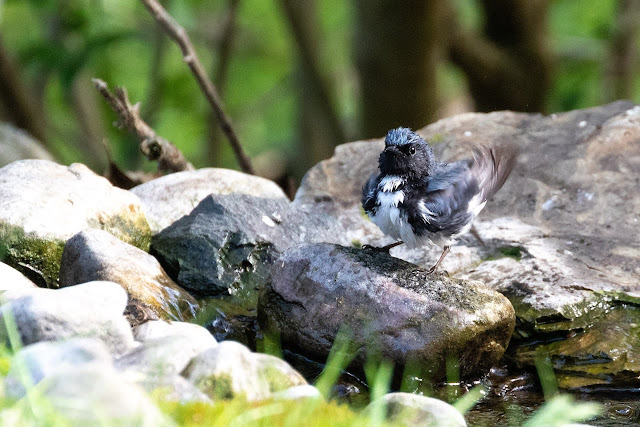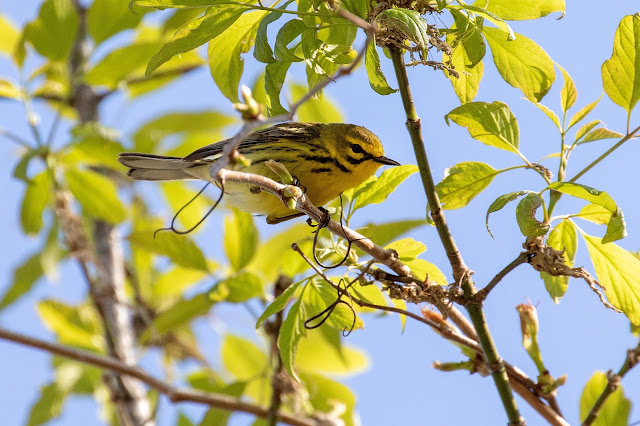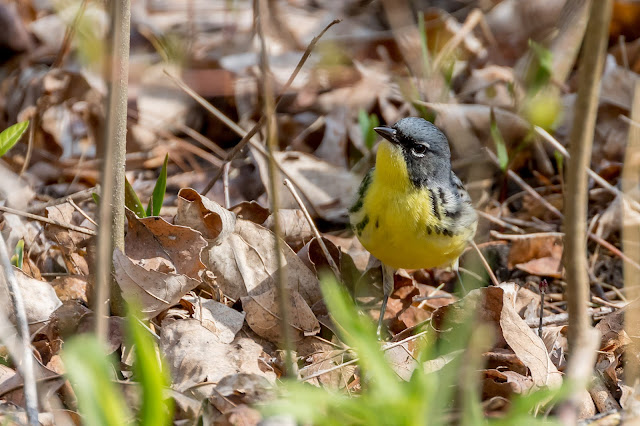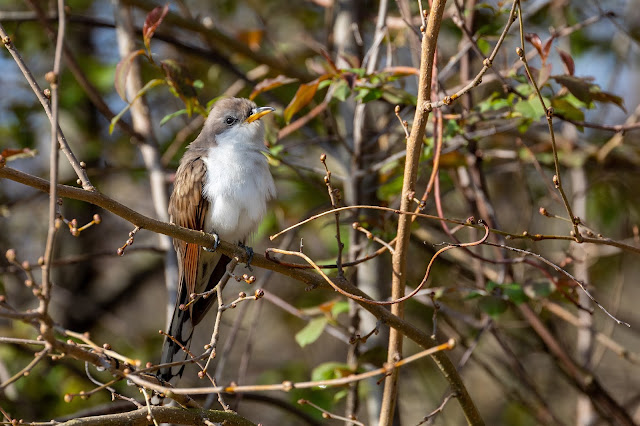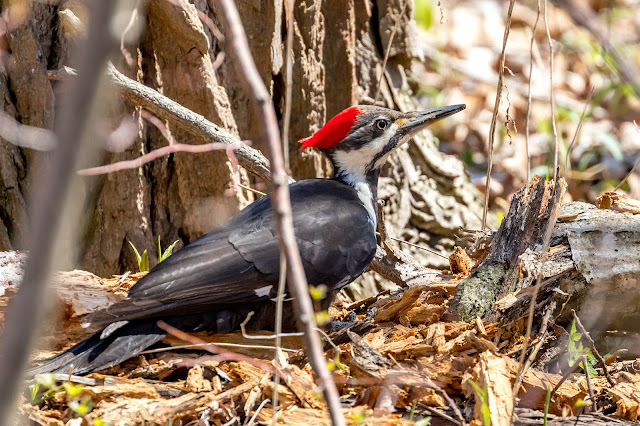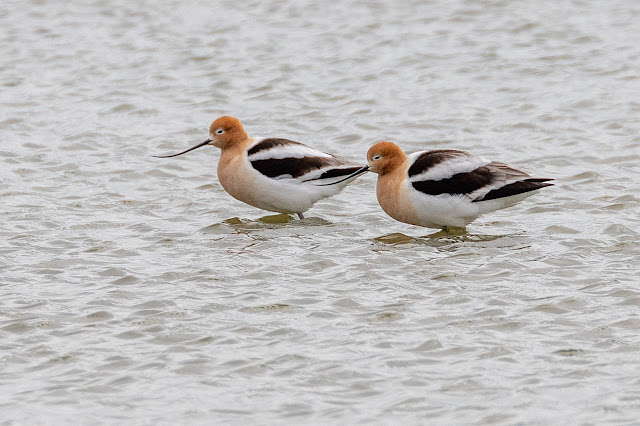Ruby-throated hummingbird

Rondeau Provincial Park, Ontario, Canada, May 30, 2020. Such gorgeous colour on the throat. Archilochus colubris The Ruby-throated Hummingbird beats its wings about 53 times a second. source - https://www.allaboutbirds.org/gui…/Ruby-throated_Hummingbird

